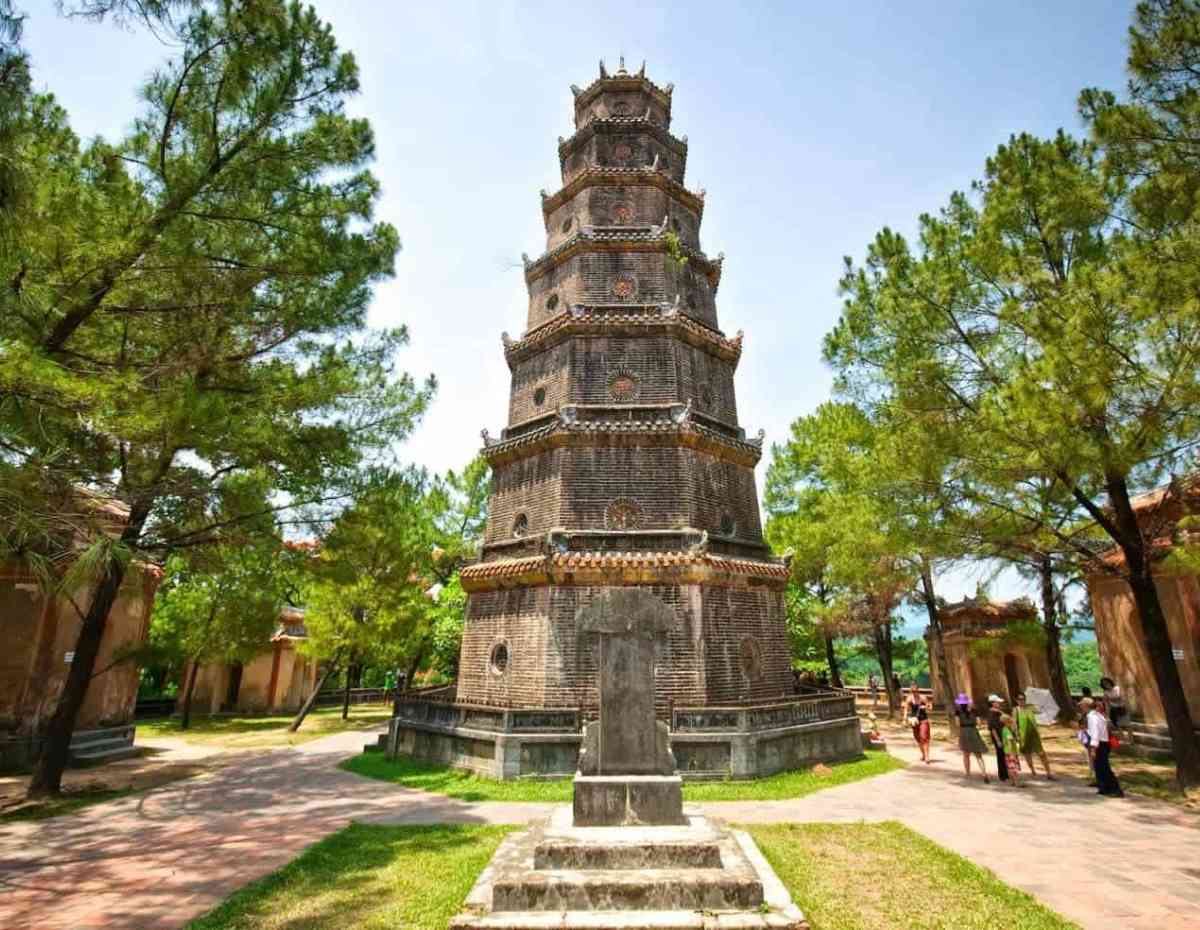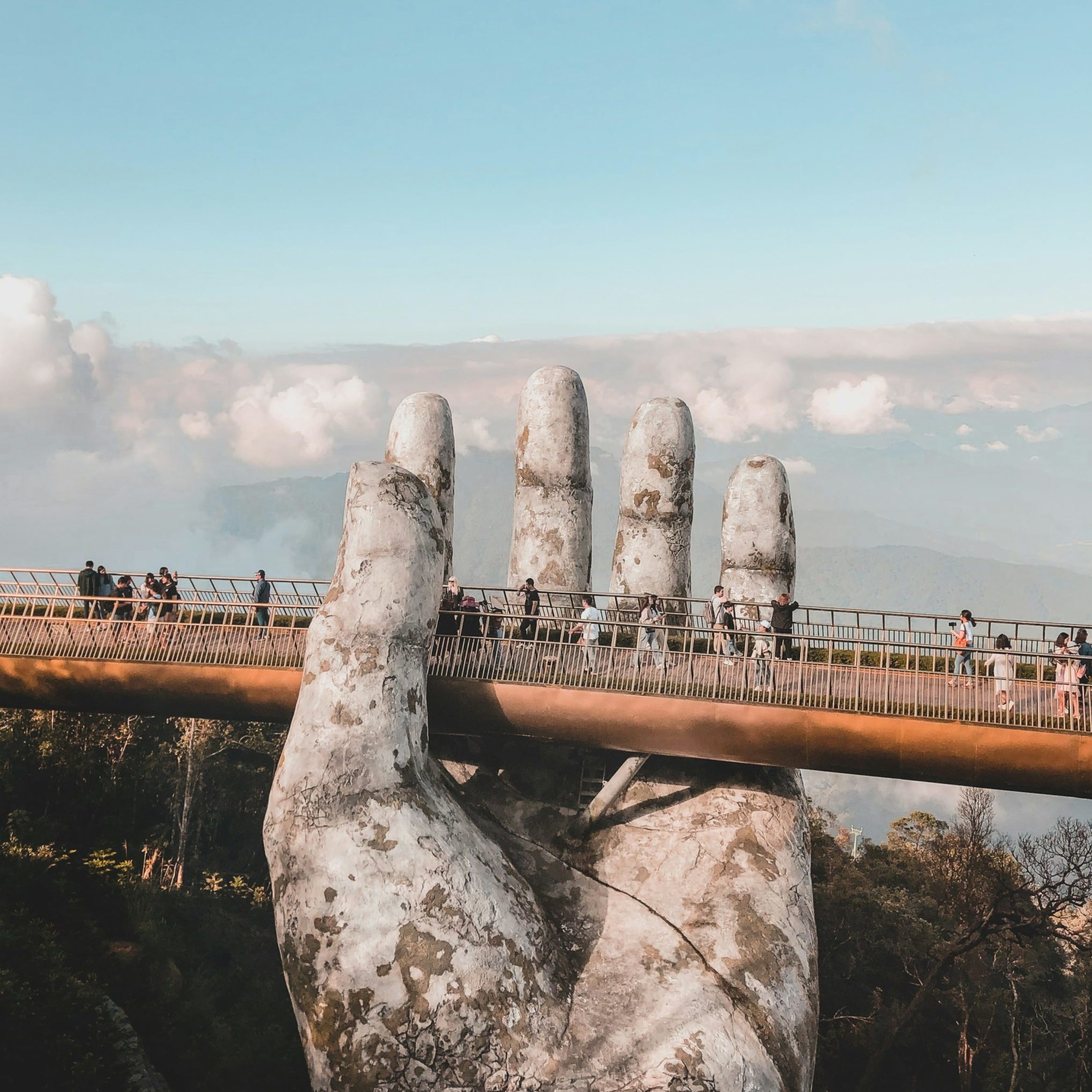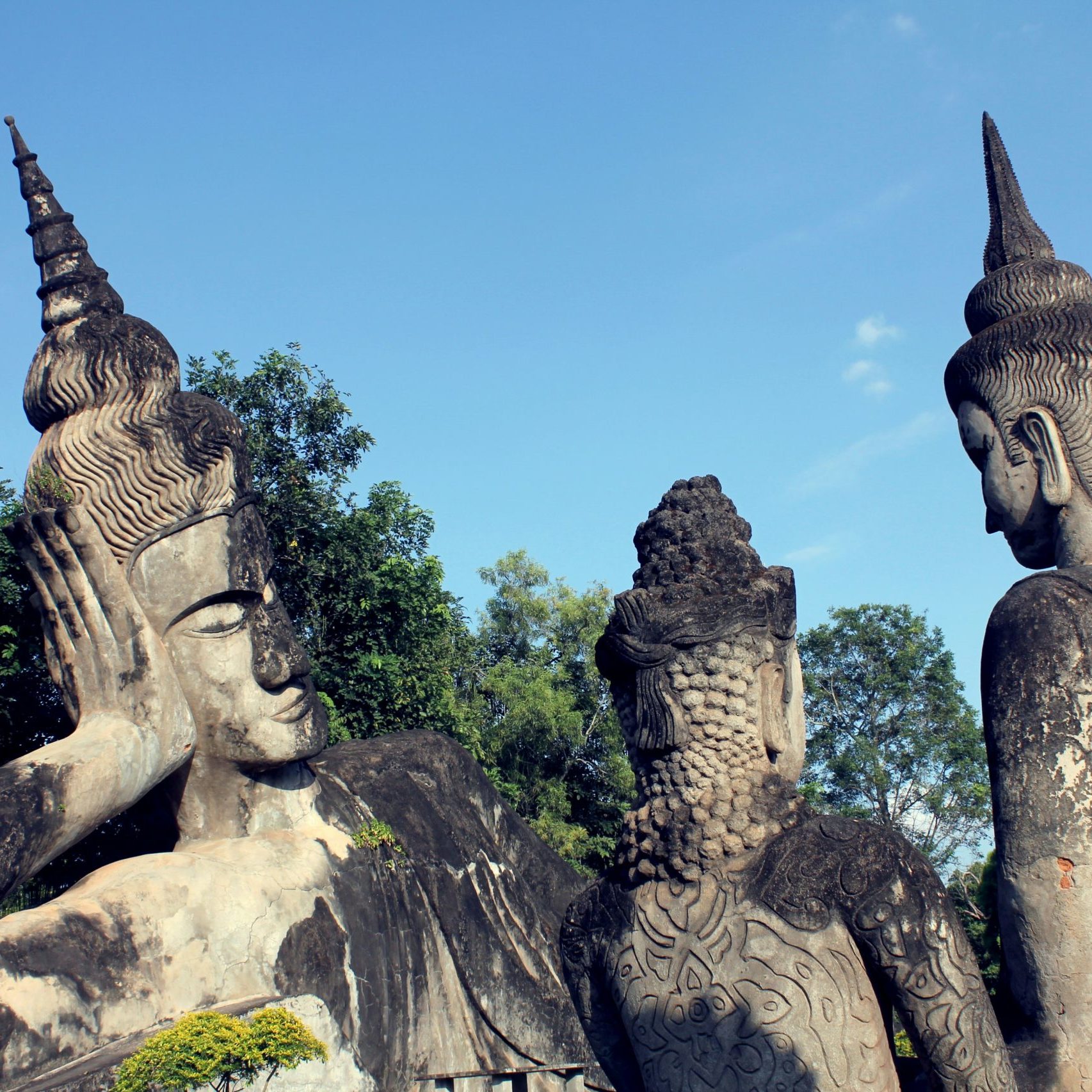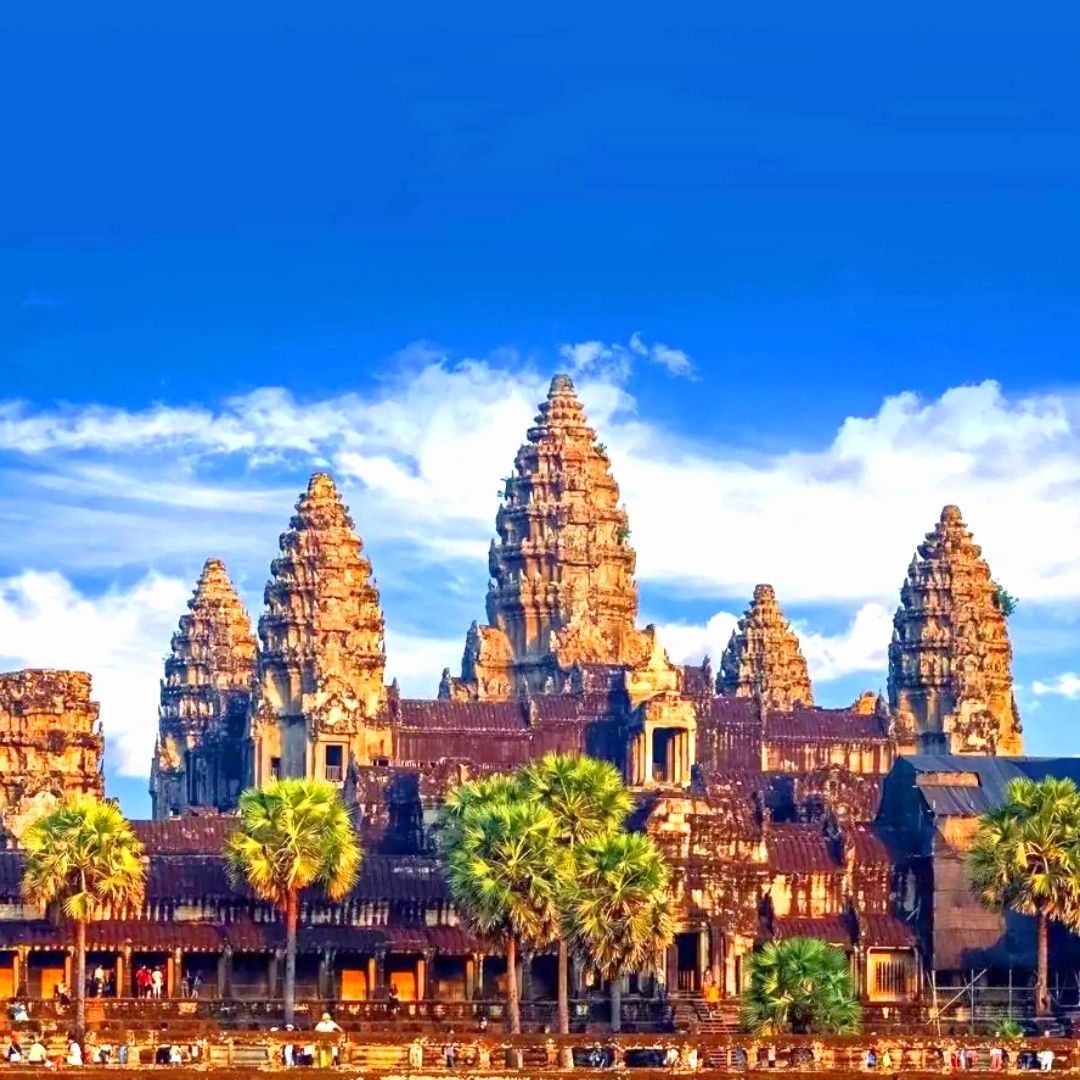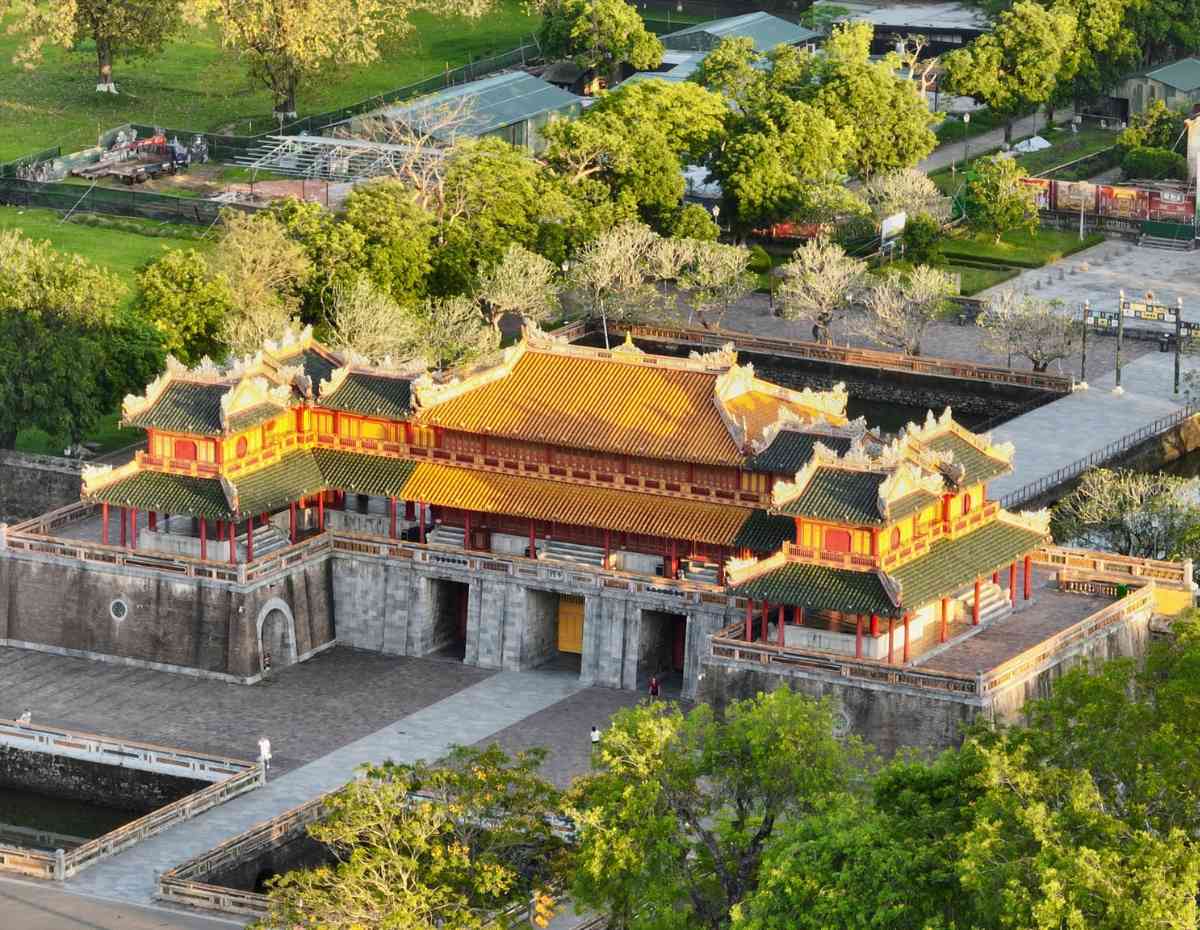Discover the Ancient Capital of Hue, Vietnam: A Must-Visit Destination for Indian Travelers
Hue, Vietnam, once the imperial capital, is a treasure trove of world-famous ancient wonders, rich cultural heritage, and delectable traditional cuisine. Indian travelers will feel as though they’re stepping back in time, immersing themselves in Vietnam’s glorious history while exploring this captivating destination.
1. About Hue, Vietnam
1.1. Hue location
Located in central Vietnam, Hue City is the capital of Thua Thien Hue – a coastal province which shares borders with Quang Tri Province to the north, Quang Nam Province and Da Nang to the south, Laos to the west and the East Sea to the east. The province has an 80 kilometer-long Perfume River, a 128 kilometer-long coastline, and over 200,000 hectares of forest.
As one of the leading central provinces, Thua Thien Hue affords a convenient transportation system with Phu Bai International Airport, Thuan An Port, Highway 1A, and the trans-Vietnam train.
1.2. History of Hue Vietnam
Hue originally belonged to a prefecture of the Champa Kingdom before the occupation of the Vietnamese. Hue, Vietnam had started its long history as a feudal capital since when it was ruled by the nine Nguyen lords of Inner Realm (Central and Southern Vietnam) from 1687 to 1775. Subsequently, the Tay Son brothers conquered Hue and it remained the administrative capital from 1788 to 1801. After the fall of the Tay Son Dynasty, Emperor Gia Long (Nguyen Anh), a successor of the Nguyen lords, recaptured Hue Imperial capital and unified the Vietnamese monarchy, which paved the way for the reign of the thirteen emperors of the Nguyen dynasty – the last dynasty in Vietnam from 1802 to 1945.
In the 1880s, Hue remained the Imperial Palace of the French protectorate (Annam) established over Central Vietnam. This is why the intriguing architecture in Hue represents strong French influences. Eventually, Hue’s royal glory ended after the last Nguyen King – Bao Dai – abdicated in 1945.
During the Vietnam War, notably the “Battle of Hue” – a part of the Tết Offensive in 1968, Hue endured considerable damage due to its proximity to the border that separates the South and the North. Afterward, massive reconstruction and rehabilitation had been undertaken to restore the precious historic relics in the ancient capital.
Throughout 5 centuries, Hue was the cradle of imperial power and patriotic revolutions, witnessing the splendor of the Vietnamese’s feudal past and their suffering in the fierce wars. In modern times, Hue retains its significance as a center for tourism, education, and religion in central Vietnam.
1.3. Hue’s weather – The best time to visit Hue
Hue’s weather features a tropical monsoon climate with 4 seasons: spring, summer, autumn, and winter. You can plan your trip considering each season’s characteristics.
Mid-January ~ April: The average temperature during spring is around 22°C~25°C. It is dry and less humid from February to April, making this period the most pleasant time of the year to enjoy outdoor activities. Annually, Hue welcomes ever-increasing holidaymakers during the Lunar New Year (January or February) and the Hue Festival (April) – a significant cultural event celebrated every two years to honor the traditional and historical values of the city.
May ~ August: In the summertime in Hue city, the temperatures average 30°C~38°C. During the dry season with high humidity, indoor activities are favorable, such as visiting temples, museums, and traditional markets.
Mid-August ~ September: The temperatures drop to around 18°C~20°C, and rains start falling in autumn. This rainy season is preferable for travelers who want to avoid the crowd in peak seasons.
October ~ December: Flood and rainfall tend to occur frequently at the end of the year. This flood season is not the best time to visit Hue.
2. How to get to Hue City?
Since Hue has an accessible location in the center of Vietnam, it is easy to travel to Hue from Ho Chi Minh City (1100 kilometers to the south), Hanoi (700 kilometers to the north), or the nearby Da Nang City (about 100 kilometers away) by the following means of transportation:
- Airplane: There are regular domestic flights from Ho Chi Minh City or Hanoi to Hue’s Phu Bai Airport (HUI). Then, you can catch a taxi from Phu Bai Airport to reach Hue City center (about 15 kilometers away).
- Train: Hue is an express stop on the main north-south railway line that connects Hanoi and Ho Chi Minh City. It would be an unforgettable journey to Hue when you pass the spectacular scenery on overnight trains with air-conditioned compartments, soft seats, and comfortable sleeping beds at reasonable prices.
- Bus: A tour bus is the longest but cheapest way to get to Hue from Da Nang (2.5 hours), Hanoi (13 hours), or Ho Chi Minh City (25 hours). Buses will arrive at the two hub bus stations of Hue City: the Northern Bus Station and the Southern Bus Station. You can make online booking through private agents in the town.
- Car/motorbike: From Da Nang City, you can take a 3-hour ride to Hue by following the coastal road of National Highway 1, which passes through the scenic Hai Van Pass (Hai Van Quan).
3. Where to visit: Top 3 best attractions in Hue, Vietnam
3.1. The Imperial City of Hue – A complex of royal Hue palaces
The Imperial City of Hue belongs to the Complex of Hue Monuments – honorably the first UNESCO-recognized Cultural Heritage Site in Vietnam (1993). It features stupendous structures of opulent palaces, intricate shrines, pavilions, and ornate gardens, which once served as the Nguyen Dynasty’s base of power for 143 years (1802 – 1945). Construction of the astonishing site was started in 1803 by the first Nguyen emperor – Gia Long and was finally completed under the reign of his descendant – Minh Mang Emperor. The landmark is one of the enormous constructions being done in the history of modern Vietnam and an outstanding example of late feudal urban planning in East Asia.
The architecture vividly depicts the imprint of Oriental philosophy and Vietnamese feudal patterns. Its elaborate exterior is aligned symmetrically and incorporated into the Five Elements (earth, metal, wood, water, fire) and the Five Colors (yellow, white, blue, black, red). The auspicious site of Hue Imperial City also indicates the harmony of nature between the Ngu Binh Mountain and the Perfume River. According to geomancy, this natural setting has symbolic importance in bringing good omens to the empire and warding off malevolent spirits.
All these sophisticated designs had created magnificent landscapes and great solemnity for Hue Imperial City, demonstrating the ultimate power of the last Vietnamese dynasty.
- Address: 23/8 Street, Thuan Hoa Ward, Hue City, Thua Thien Hue Province, Vietnam
- Opening hours: 8 AM – 5:30 PM (daily)
Entrance fee (most recently updated in 2024):
- Ticket to the Imperial City only: 200.000 VND/person
- Combination ticket (to the Imperial City + Minh Mang Tomb + Khai Dinh Tomb + Tu Duc Tomb): 530.000 VND/person
- Full-package ticket to the Complex of Hue Monuments: 580.000 VND/person
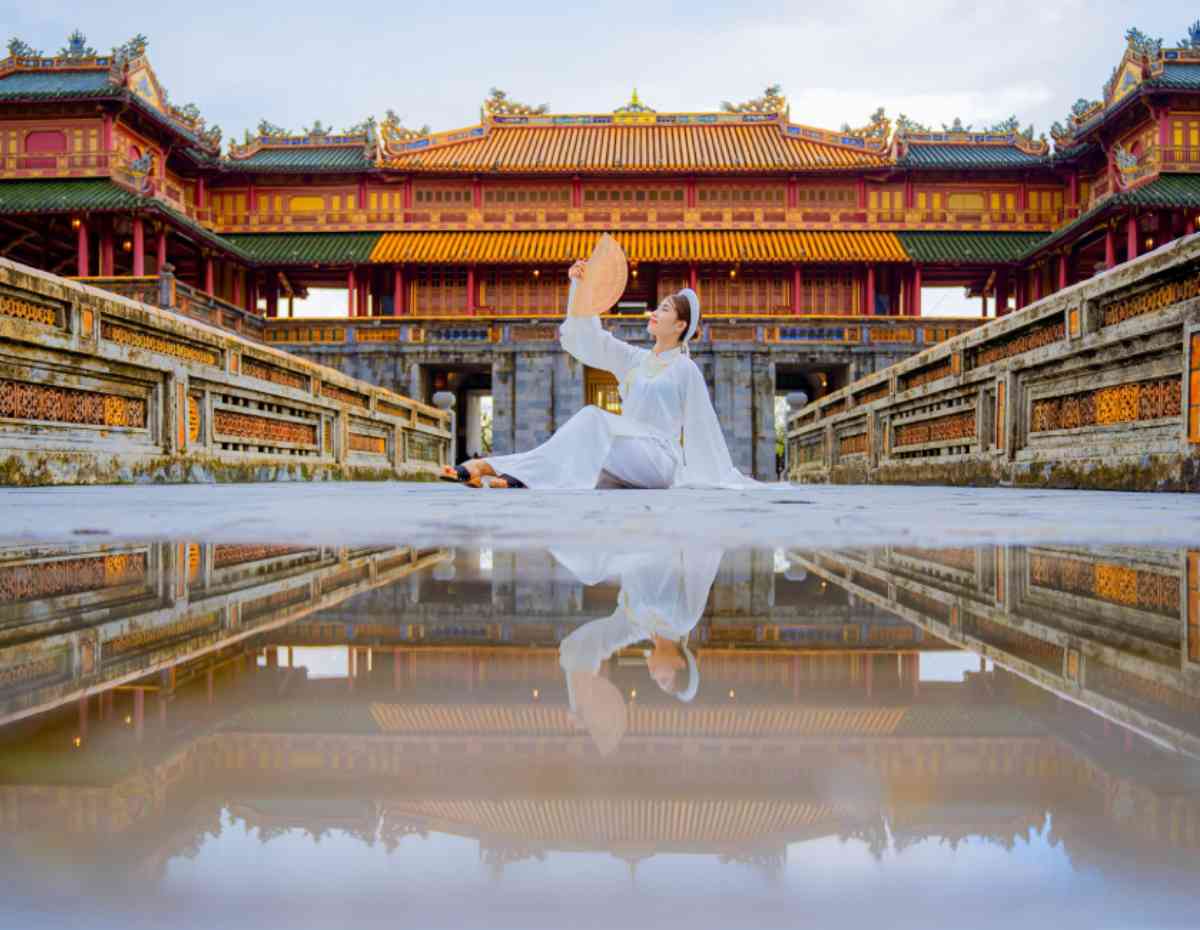
3.2. Vietnamese royal tombs in Hue
Encompassed in the Complex of Hue Monuments, the ancient mausoleums of the Nguyen Emperors are must-see destinations in Hue, Vietnam. These lavish “homes of the other world” of emperors represent the Eastern beliefs in the afterlife and the peak of Vietnamese imperial architecture with a perfect Feng Shui layout. Among the seven extant regal mausoleums, Khai Dinh Tomb, Tu Duc Tomb, and Minh Mang Tomb are frequently visited thanks to their good condition and convenient location.
Khai Dinh Tomb
The Tomb of Khai Đinh (Lăng Khải Định in Vietnamese), officially Ung Mausoleum (Ứng Lăng), was first established in 1916 by Emperor Khai Dinh, the penultimate Nguyen Emperor, and completed 11 years later by his son – Emperor Bao Dai. This rectangular structure is nestled on the hillside of Chau Chu Mountain, 10 kilometers away from Hue center, which takes tourists 127 steps on the stairway to enter the central sanctum at the top.
- Location: Chau Chu Village, Huong Thuy Town, Thua Thien Hue Province
- Entrance fee: 150.000 VND/person
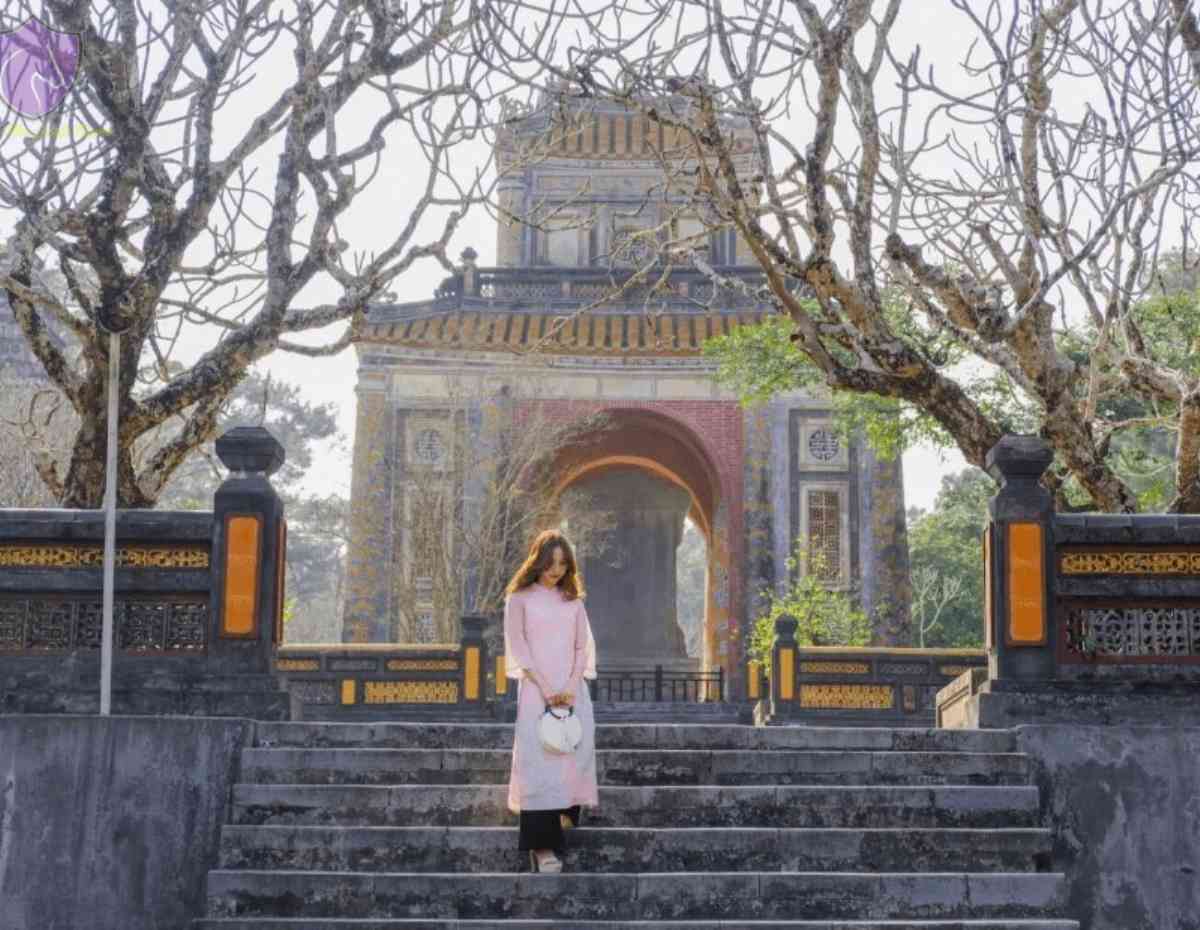
Tu Duc Tomb
The Tomb of Tu Duc (Lăng Tự Đức), known as Khiem Mausoleum (Khiêm Lăng), was erected in 1864 by Tu Duc – the 4th Nguyen Emperor and completed in 1867, 10 years before his decease. It once served as the king’s retreat and the place for his eternal sleep. Sprawling among 12 hectares of pine valley, the megastructure accommodates over 50 opulent palaces for the king and his concubines, a vast lake, wooden pavilions, and shrines surrounded by a 1,500 meter-long wall.
Instead of using straight lines and angular shapes as other royal mausoleums, Tu Duc Emperor designed his tomb with delicate traditional patterns that integrated with the contemplative nature and the poetic atmosphere, reflecting his aesthetic sense of an artist. He named the monument Khiem (“Modest” in English) to express his regret for causing civil unrest during the construction of his tomb.
- Location: 17/69 Le Ngo Cat Street, Thuy Xuan Ward, Hue City, Thua Thien Hue Province
- Entrance fee: 150.000 VND/person
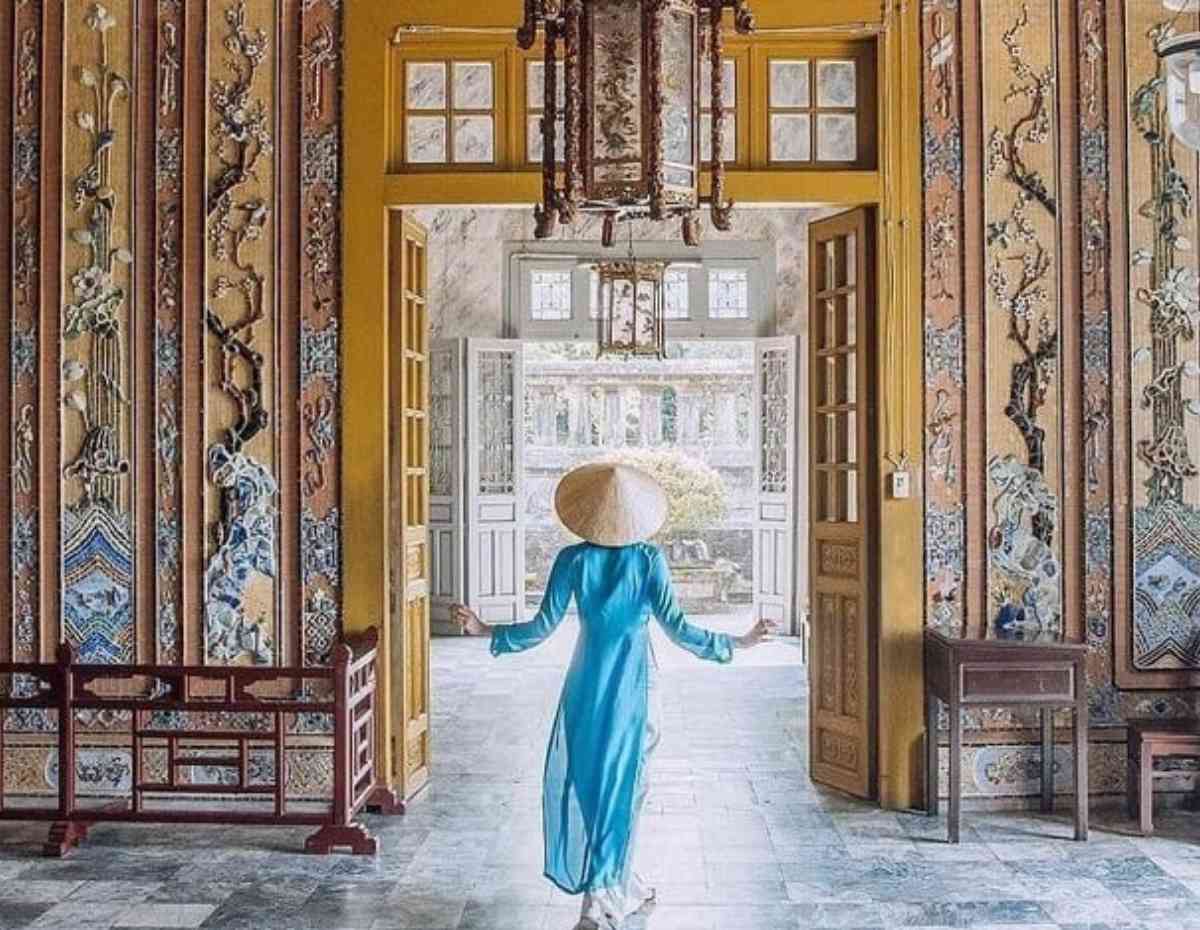
Sacred Hue temples
Thien Mu Pagoda – The oldest Hue temple of over 400 years old
One of the most remarkable Hue temples is Thien Mu Pagoda, also known as Linh Mu Pagoda or Heaven Fairy Lady Pagoda, perched on Ha Khe hill, on the north bank of the Perfume River, roughly 3 kilometers west of Hue Citadel. Thien Mu Pagoda was initially founded in 1601 by Nguyen Hoang, the first Nguyen Lord who ruled the Inner Realm. Since then, Thien Mu Pagoda has been the oldest pagoda in Central and Southern Vietnam.
The noteworthy feature of the pagoda, Phuoc Duyen tower, was built in 1884 by Emperor Thieu Tri and has become the religious icon of Hue. This octagonal tower has seven storeys (21-meter tall) and is dedicated to a Manushi-Buddha who appeared in human form. Coming to Thien Mu Pagoda, visitors can explore its mysterious spiritual legend, observe the monks’ praying, or watch the glorious sunset on the Perfume River.
Location: Nguyen Phuc Nguyen Street, Huong Long Village, Hue City, Thua Thien Hue Province
Entrance fee: Free
